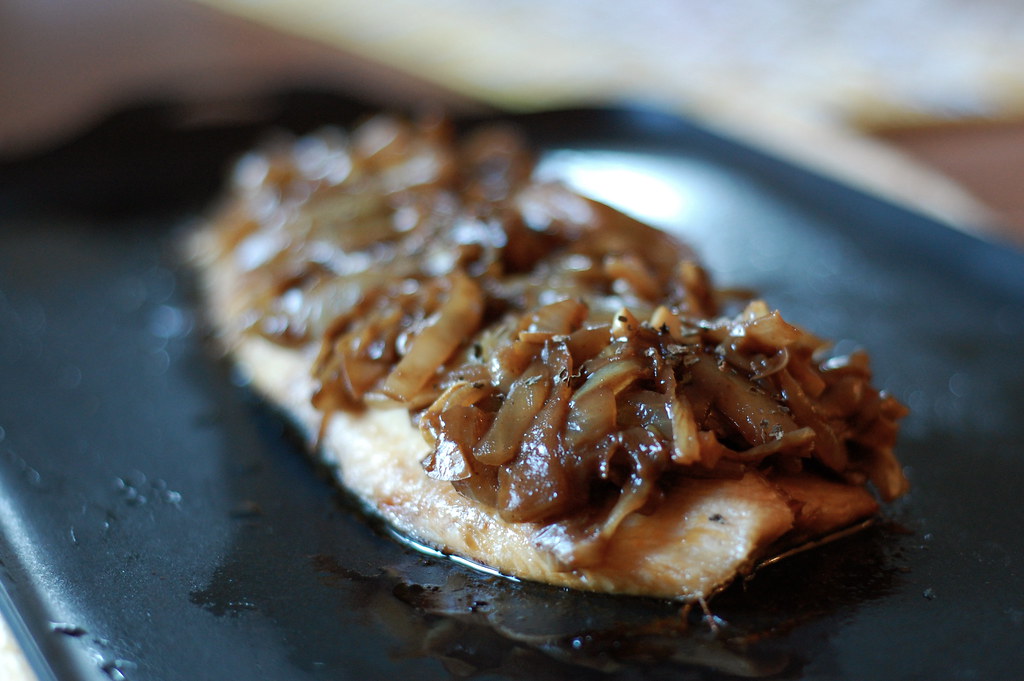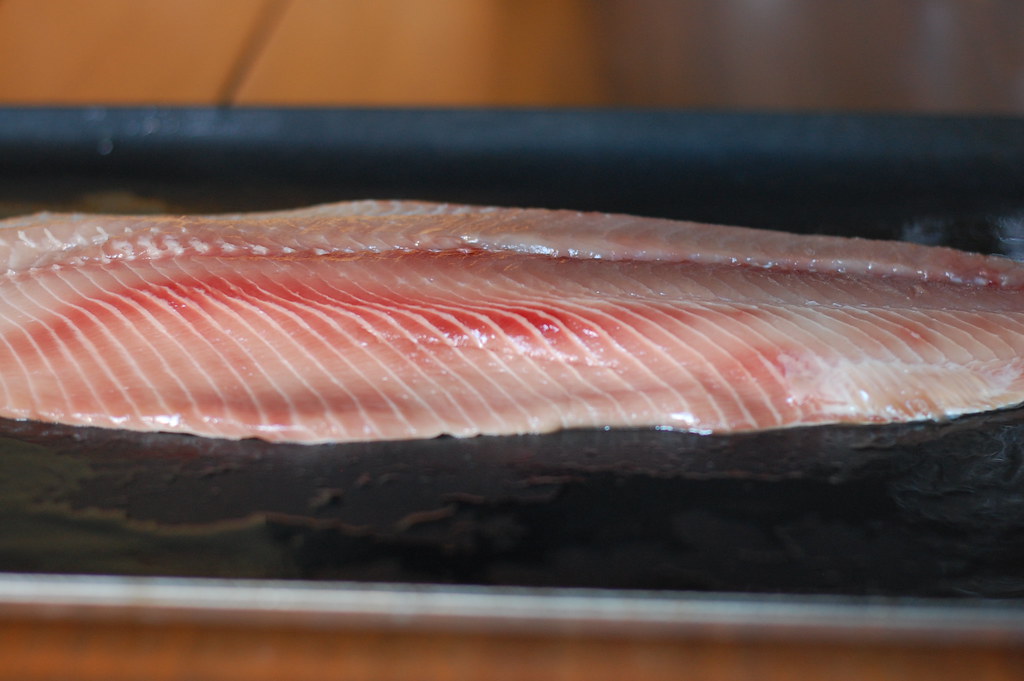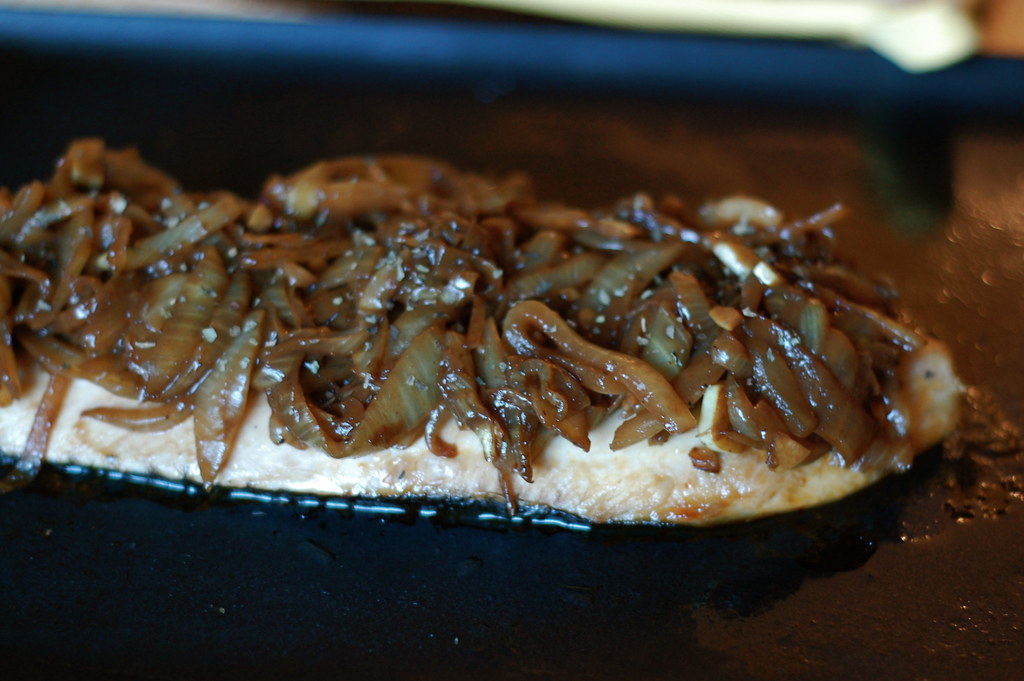 As much as I complain about D.C. and oh, I do, I have to admit, the city really shines in the spring. While New York has the market cornered on fall, with the fire of autumn leaves blazing across Central Park, it's as if D.C. were built just for spring. Thank goodness for Lady Bird Johnson, whose beautification campaign scattered seeds all over the city, because I've never seen so many daffodils, hyacinth, tulips, and fosythia abloom in one place. A friend and I went for an excursion in Georgetown and we couldn't tell whether the houses had been painted to match the blossoms or vice versa. And though we complain about the tourists, the cherry blossoms scattering their confetti-like petals over the ground, their branches echoing the graceful white curves of the Capitol, are truly beautiful.
As much as I complain about D.C. and oh, I do, I have to admit, the city really shines in the spring. While New York has the market cornered on fall, with the fire of autumn leaves blazing across Central Park, it's as if D.C. were built just for spring. Thank goodness for Lady Bird Johnson, whose beautification campaign scattered seeds all over the city, because I've never seen so many daffodils, hyacinth, tulips, and fosythia abloom in one place. A friend and I went for an excursion in Georgetown and we couldn't tell whether the houses had been painted to match the blossoms or vice versa. And though we complain about the tourists, the cherry blossoms scattering their confetti-like petals over the ground, their branches echoing the graceful white curves of the Capitol, are truly beautiful. It's still a bit too early for asparagus and peas and such, but ever since March the fish monger at Eastern Market has been carrying that most local harbinger of spring, shad. [And if there's anything I really love about DC, it's that fish guy at Eastern Market, with his bright yellow coveralls and salt and pepper beard.] Shad is a fresh-water fish found in rivers from Morrocco to Persia, from Ireland to the United States, where it plays a special role in Virginia election politics. Related to herring, shad spawn in the spring, running upstream much like salmon. Around these parts, shad are celebrated in the spring for their sacks of roe, which when pan-fried constitute a quintessential delicacy.
It's still a bit too early for asparagus and peas and such, but ever since March the fish monger at Eastern Market has been carrying that most local harbinger of spring, shad. [And if there's anything I really love about DC, it's that fish guy at Eastern Market, with his bright yellow coveralls and salt and pepper beard.] Shad is a fresh-water fish found in rivers from Morrocco to Persia, from Ireland to the United States, where it plays a special role in Virginia election politics. Related to herring, shad spawn in the spring, running upstream much like salmon. Around these parts, shad are celebrated in the spring for their sacks of roe, which when pan-fried constitute a quintessential delicacy. However, I was excited to see shad fillets because I've been reading about shad in Middle Eastern and Iraqi cooking, where the meaty flesh is prized for a sort of fish barbeque. When I asked the fish guy where the shad had come from, he told me they'd just been brought up from South Carolina, and then proceeded to give me a twenty-minute history of how shad fishing had changed in his lifetime. (It was quite interesting, but I'll spare you all the details). Another issue with shad is they can be quite bony, even the boned fillets are likely to have tiny pin bones that can be an annoyance when eating. Here, the fish guy gave me a great tip, cook the fillets in an acid (such as some lemon juice or some milk and butter) for a long time over a low temperature and the smaller bones will literally dissolve. Here's where I got excited because Iraqi's cook their fish with tamarind -another acid that could possibly serve the same purpose.
However, I was excited to see shad fillets because I've been reading about shad in Middle Eastern and Iraqi cooking, where the meaty flesh is prized for a sort of fish barbeque. When I asked the fish guy where the shad had come from, he told me they'd just been brought up from South Carolina, and then proceeded to give me a twenty-minute history of how shad fishing had changed in his lifetime. (It was quite interesting, but I'll spare you all the details). Another issue with shad is they can be quite bony, even the boned fillets are likely to have tiny pin bones that can be an annoyance when eating. Here, the fish guy gave me a great tip, cook the fillets in an acid (such as some lemon juice or some milk and butter) for a long time over a low temperature and the smaller bones will literally dissolve. Here's where I got excited because Iraqi's cook their fish with tamarind -another acid that could possibly serve the same purpose.I can't speak to the scientific accuracy of the fish guy's claim, but I can tell you I made a sort of amalgam of his recipe and an Iraqi recipe and it was truly delicious. And barely a pesky bone in sight! Really, it was so good I'd urge you to seek out some shad, or try it with some salmon if you can't find shad. Even if it's still too cold for a proper barbeque, the shad, at least, is a real sign of spring.
 Oven-Barbequed Shad
Oven-Barbequed ShadI realize that something slow-cooked in the oven doesn't really fit anyone's definition of barbeque, but that was the title of one of the recipes I adapted this from, and it seemed to perfectly capture the succulent fish and tangy-spicy-sweet onion topping.
1 large boned shad plank (1 1/4 lbs)
3 tablespoons lemon juice
3 tablespoons olive oil
2 large onions, thinly sliced
3 garlic cloves, sliced
1 teaspoon curry powder
1 teaspoon dried lime or lemon zest
1 teaspoon salt
3 tablespoons tamarind paste or balsamic vinegar
1 tablespoon tomato paste
1 cup warm water
1/4 cup chopped parsley
1. Preheat oven to 275 F. Place the shad in a greased baking dish, pour lemon juice over top and sprinkle with salt. Bake for 1 1/2 hours.
2. Meanwhile, heat the olive oil in a wide skillet. Add the onions and garlic and cook over medium heat, stirring frequently, until the onions begin to darken in color and caramelize, about 30 minutes. Stir in the water, curry, dried lime, tamarind, and tomato and cook another 5-10 minutes until the mixture is thick. Remove mixture from heat and stir in the parsley.
3. Spread the onion mixture over the fillet and return to the oven. Increase heat to 400 F and bake another 10-15 minutes, until the fish is done to your liking. Serve immediately, with a green salad and some bread.






4 comments:
I was very interested in your findings about cooking the fish a long time at a low temp to dissolve the bones...but how do you avoid having the fish become dried out?
Also, can you describe the taste of shad? Is it a mild taste? or strong?
-suz.
Mercedes - This is my first visit to your blog and, funny enough, I was musing over the differences between NYC and DC spring about an hour ago, and was thinking almost literally the same things you were! DC in the spring is resplendent, especially in Georgetown and Capitol Hill, where the blooms look so beautiful against the painted brick backdrops of the houses. I wish I were there!
I live in AA County MD, and I only go into DC when absolutely necessary. but for some reason, I always make it down at least once every spring for precisely the same reason you described.
Hmmm. I never seem to see shad fillet, only shad roe. I never buy it because I have no clue what to do with it. I like other types of roe...
Is the Iraqi fish barbeque you modified called 'musgoof' or something similar? I ate that with my in-laws in an Iraqi restaurant in Dubai. It was the specialty of the house, and the barbeque and fish were displayed behind a heat-shielding glass. The fish was amazing with a fresh mango pickle. It was definitely a river fish, slow cooked before the open flame. I'd never had anything even remotely similar, but the fish was meltingly good with a mild, non-fishy flavor. I've been wondering how to get close to the recipe without a grill. I'll try yours!
Post a Comment